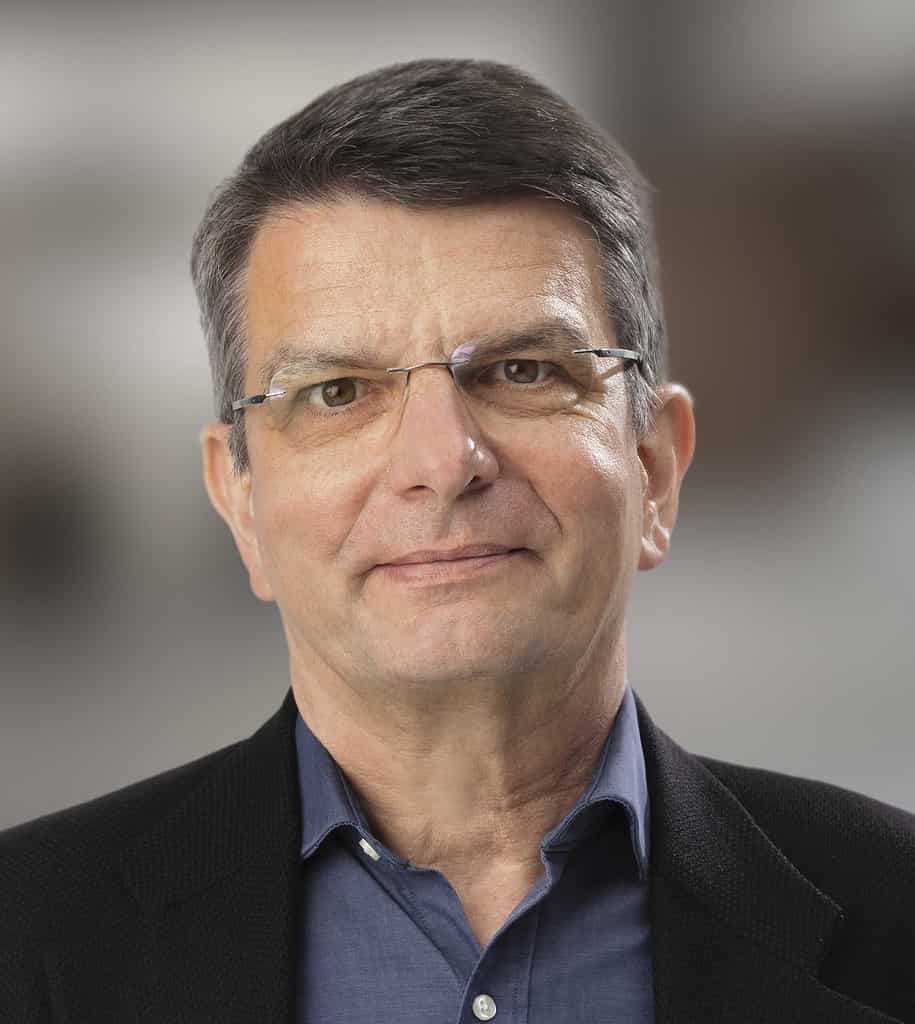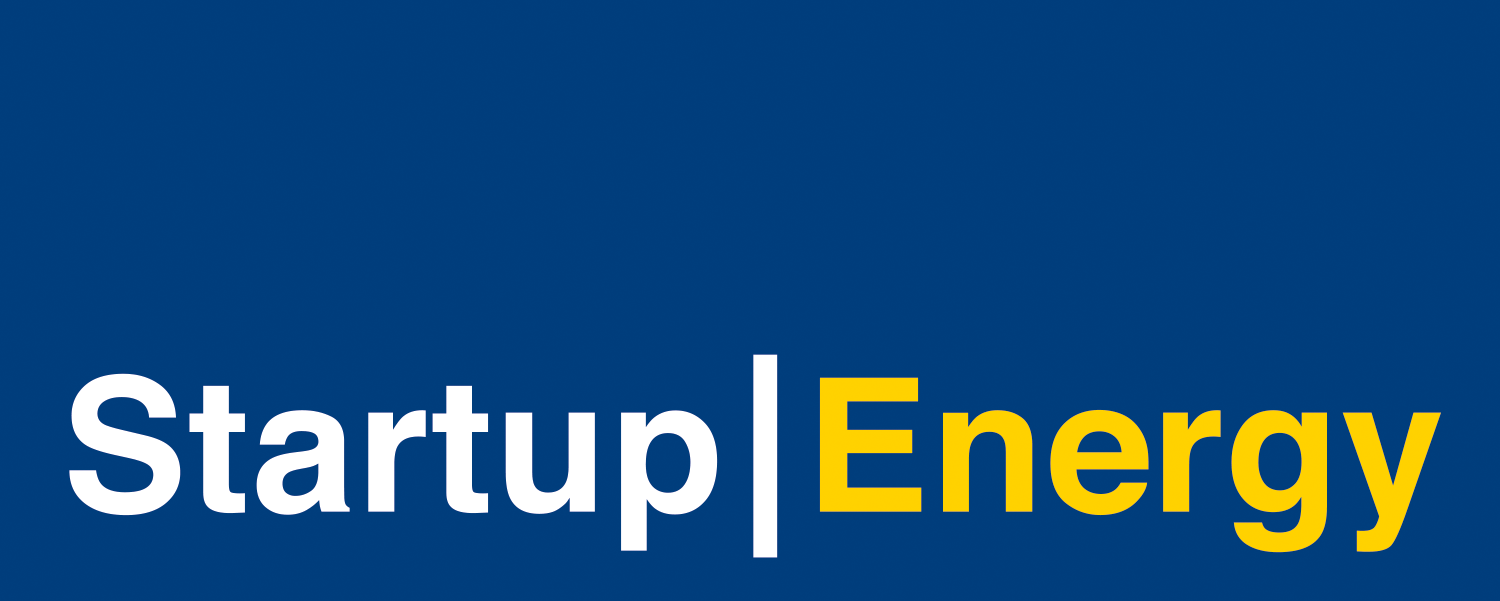Latest Articles

- Stiftung Solarenergie
Stiftung Solarenergie is excited to announce that the cooperation with GET.invest to promote African energy startups will be continued. Both organizations have already been supporting African energy startups since 2021 as part of the Startup|Energy initiative. This cooperation will now be extended.
- Catherine Thomas & Shloka Kumar
- Article
Three reasons why the development community should lead the shift away from using deficit-focused language and model how we can do better
- Kumbirai Makanza
- Article
A few months back, my Linkedin feed was inundated with posts celebrating the remarkable growth of South Africa’s Solar Photovoltaic (PV) sector signalled by a significant surge in solar panel imports.
- Startup|Energy
- Article
You might think that there is hardly anything less exciting than innovative products and business ideas that come from a university context: Too much theory, too little practical relevance. The 12 participants of the Clean Energy Bootcamp of Startup|Energy from April 10 to 15, 2024 in Nairobi proved the opposite.
- Uchenna Igwe
- Article
The African country has the lowest access to electricity in the world. Women and girls are bearing the brunt of energy poverty.
32-year-old green energy entrepreneur Yetunde Fadeyi will never forget what inspired her to start a clean energy company in Nigeria.
- Heifer International / Sun-Connect News
- Article
The dairy sector currently represents 6.5 percent of the country’s agricultural gross domestic product and dairy production is reported by the Dairy Development Authority of Uganda (DDA) to be a major activity in the cattle corridor, a stretch of rangeland covering more than a third of the country.
- Olowo Aminu, Bodunde Akinola, Nneka Chime and Mosorire Aiyeyemi
- Article
In rural fishing communities in Nigeria, lack of access to grid electricity forces fishers to rely on traditional methods of storage for their catch, like sun-drying, salting and smoking.
- Gathu Kirubi PhD, Solar Energy Foundation Kenya
- Article
What comes to mind when you think of visiting a school for kids with a wide range of mental disabilities such as autism, cerebral palsy, downs drome among other conditions? If you consider yourself to be “mentally normal” like myself, then you expect finding kids who are sad and gloomy, shy and timid, hopeless and desperate.
- Darlain Edeme, Martin Kueppers, Stephen J. Lee, Daniel Wetzel
- Article
Around 600 million people in Africa still lack access to electricity. Despite recent progress, electrification efforts face new headwinds since the Covid-19 pandemic, with a growing debt crisis, poor utility financial health, and increased affordability challenges.
Editor

Latest Industry News
Latest Country News
Latest Companies & Organisations News
New Downloads
- ENRICH in Africa Centre (EiA)
- 2024
- The Cherie Blair Foundation for Women
- 2024
- Sustainable Energy for All (SEforALL)
- 2024
Subscribe to our weekly newsletter









